Several hiking trails with varying degrees of difficulty can be found as you meander through the forest. There is a trail for everyone, experienced or novice hikers alike. Be on the lookout for the well-known “fairy tale trees,” which are old laurel trees with twisted and contorted branches that resemble something from a fairy tale.
From Funchal, it will take you one hour via car depending on how many stops you make along the way.
Begin by heading northwest out of Funchal on the VR1 highway, which offers breathtaking coastal views as you wind through picturesque villages and lush valleys. After approximately 20 kilometers, take the exit toward Ribeira Brava, continuing on the ER104 road. As you ascend into the island's rugged interior, marvel at the towering peaks and terraced hillsides blanketed with verdant vegetation. Follow signs for São Vicente, where you'll transition onto the ER211, a narrow yet captivating route that leads you deeper into the island's heart. Prepare for a truly magical experience as you enter Fanal Forest, characterized by its mystical Laurisilva trees cloaked in mist. Navigate the final stretch of winding roads with caution, savoring every moment as you approach the ethereal beauty of Fanal, a true gem nestled within Madeira's mystical landscape.


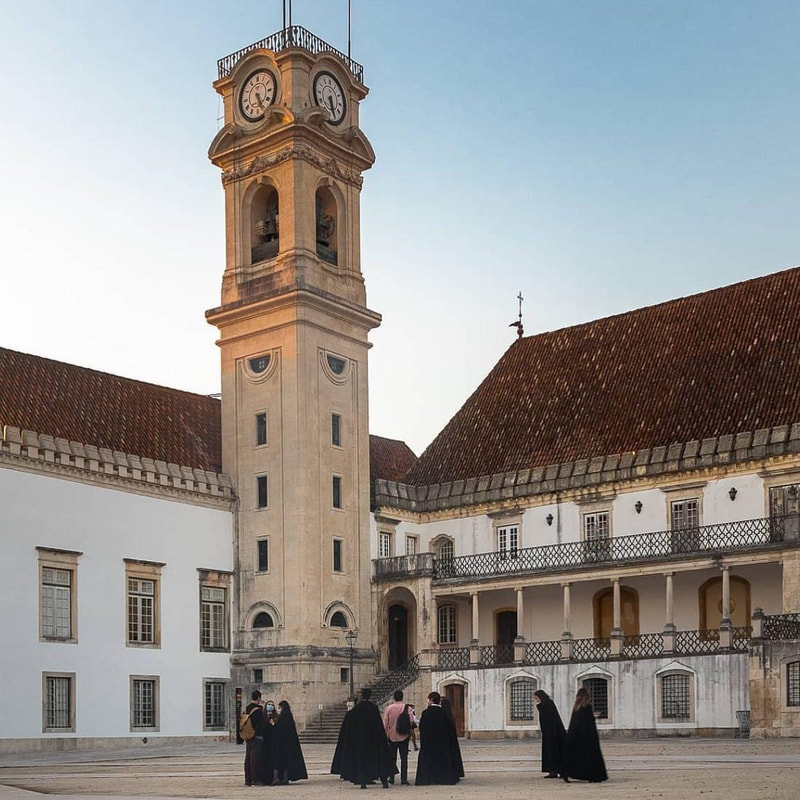
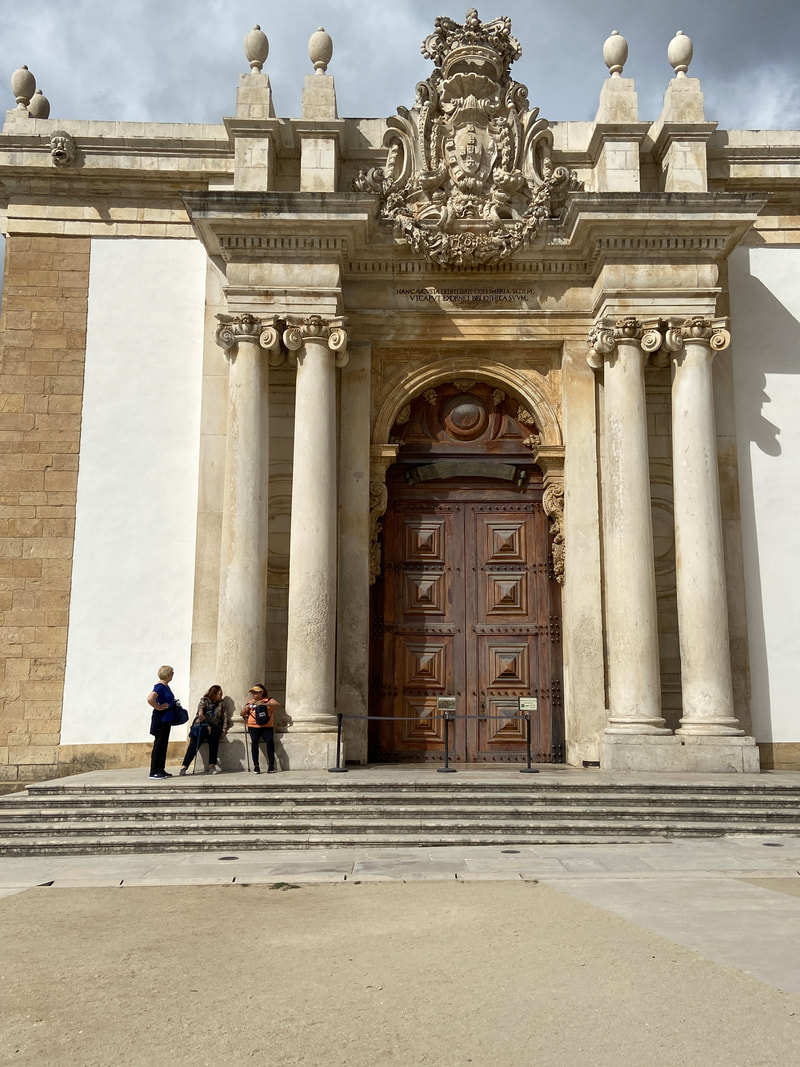
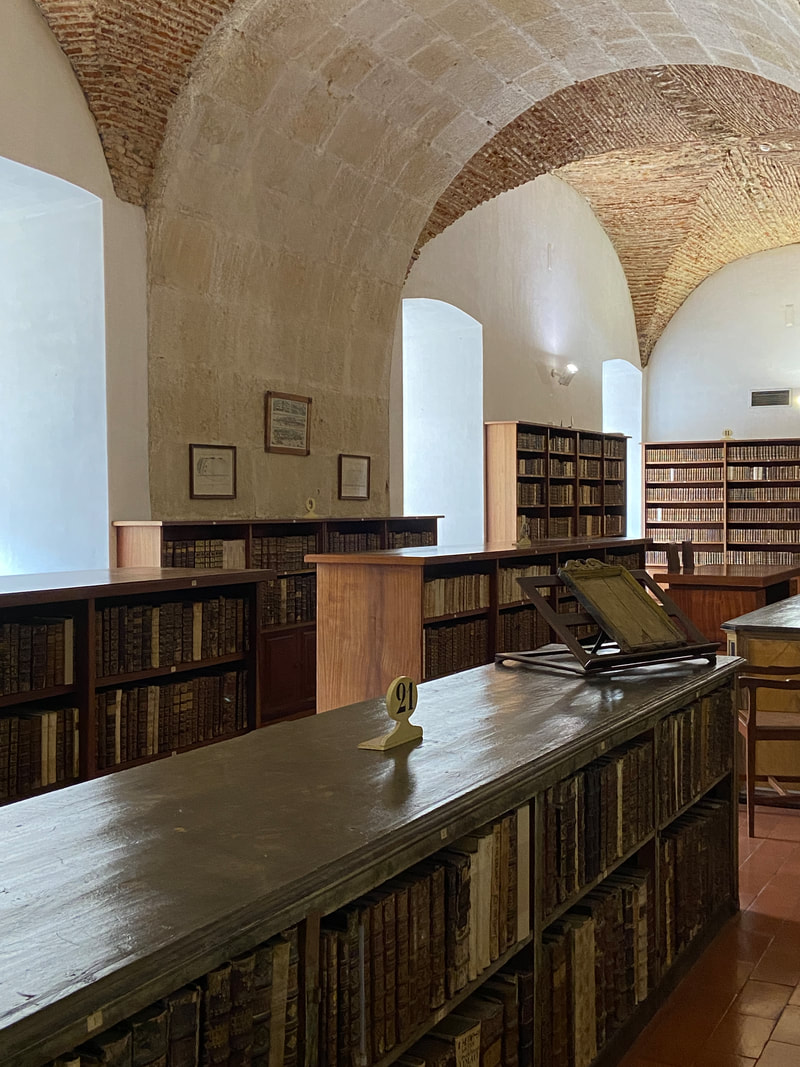

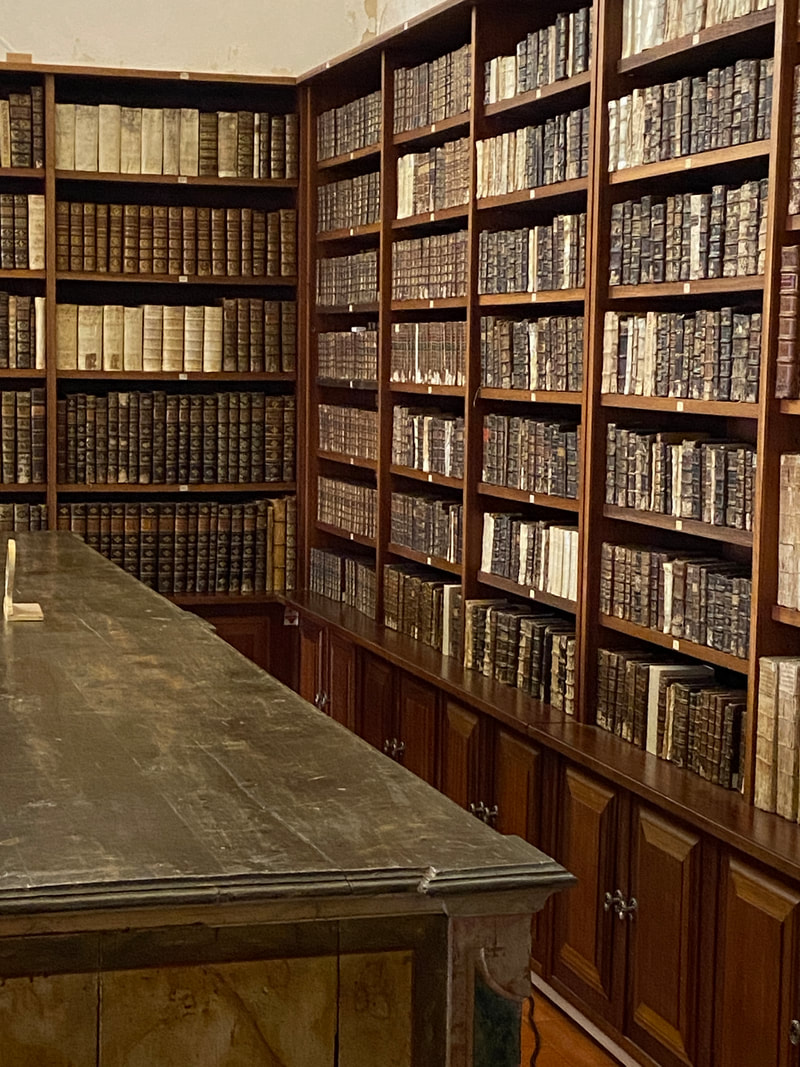

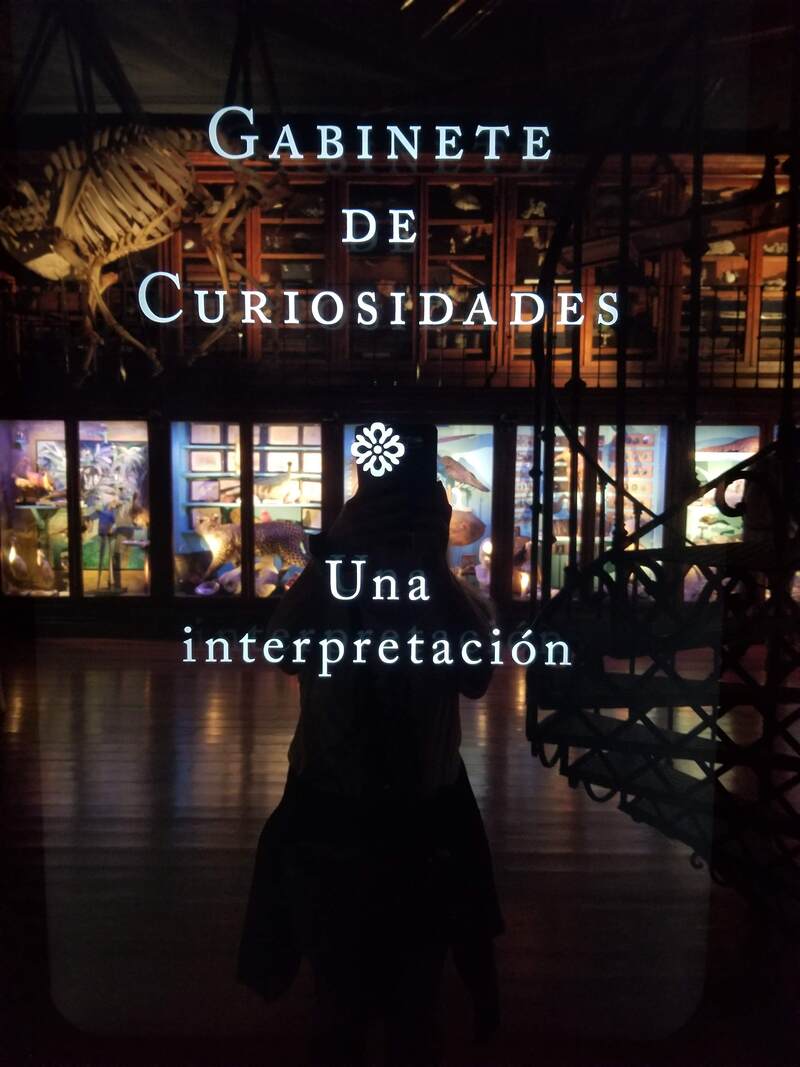
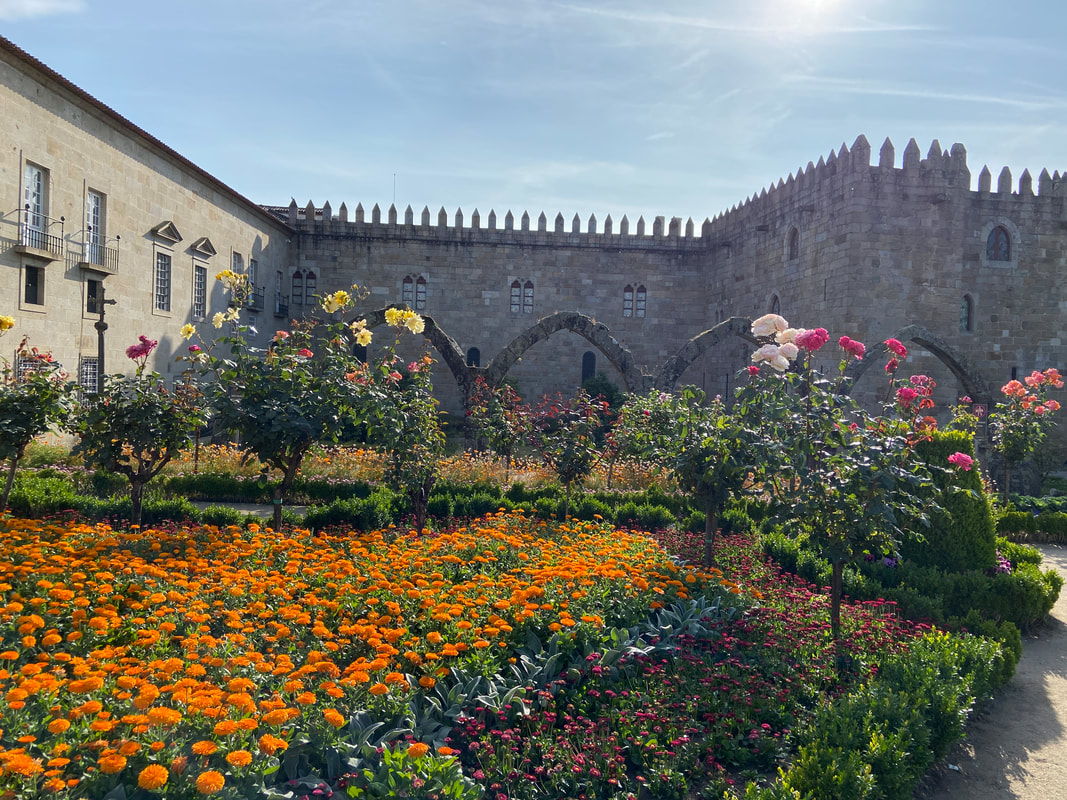
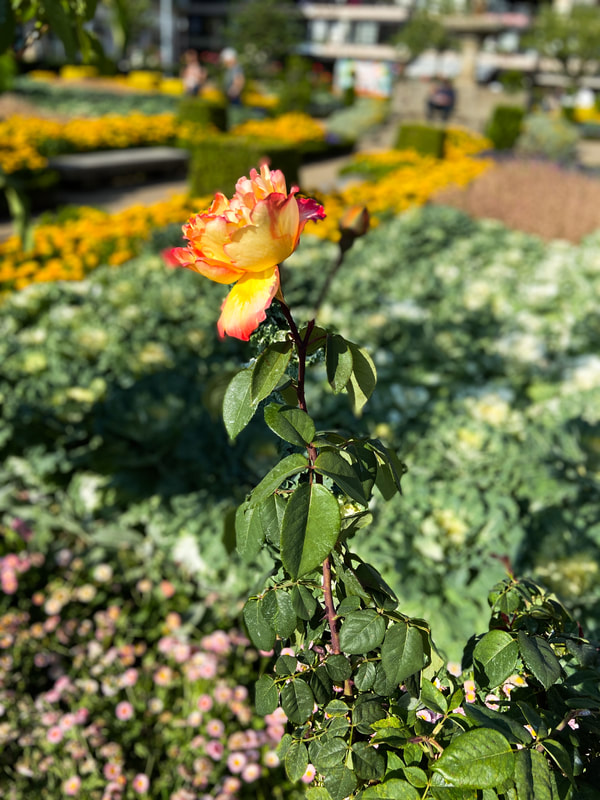
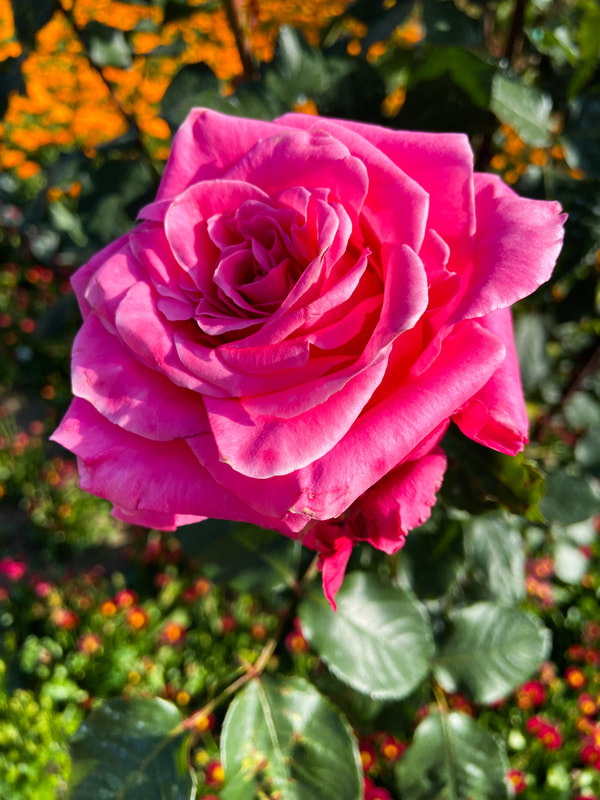

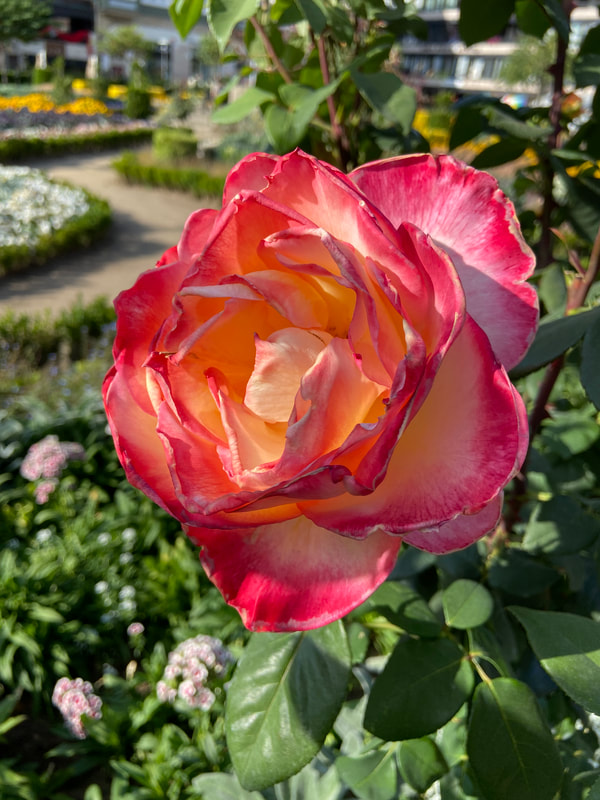
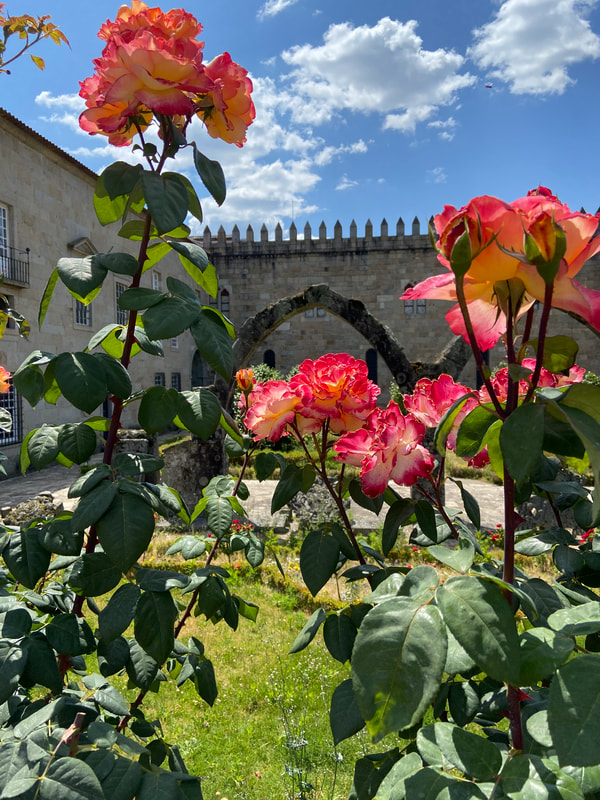
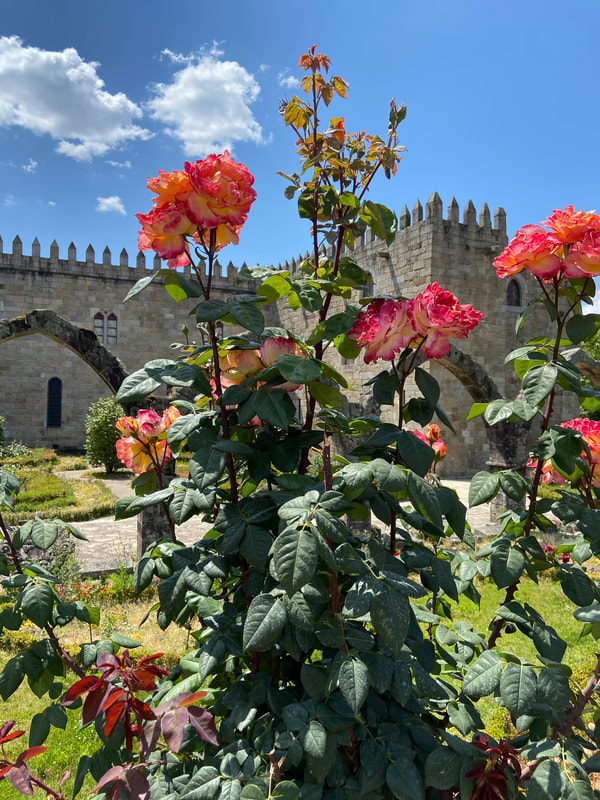

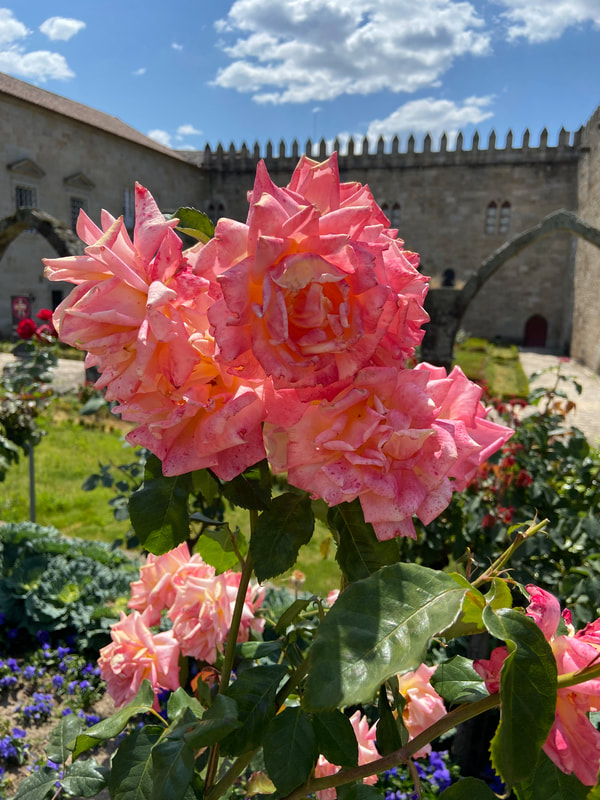
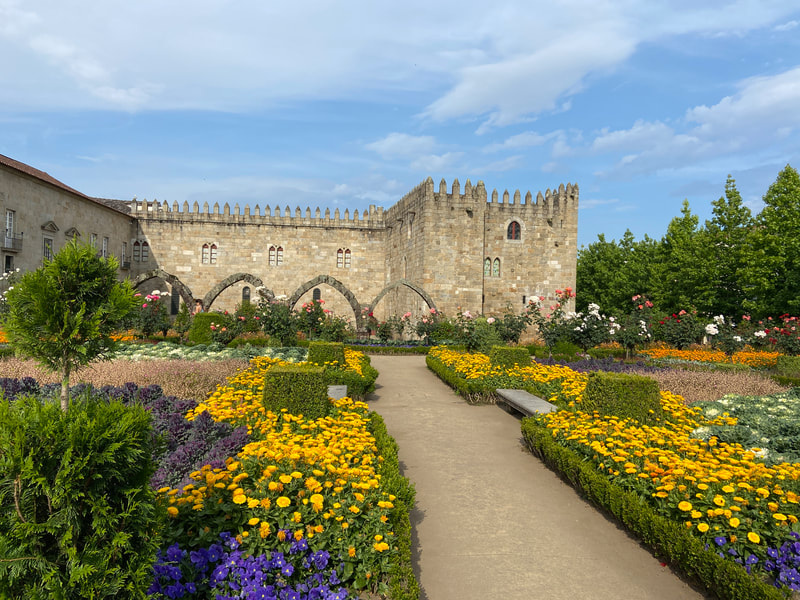
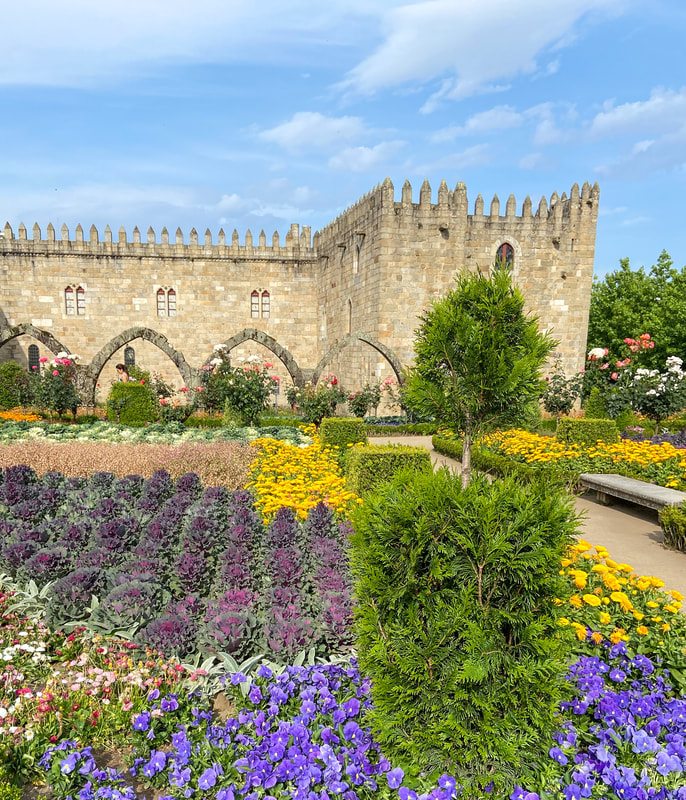

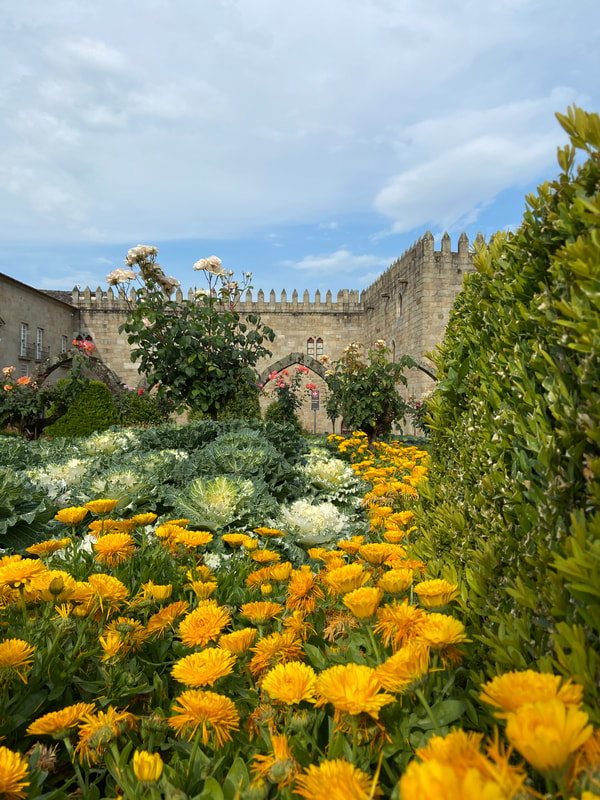
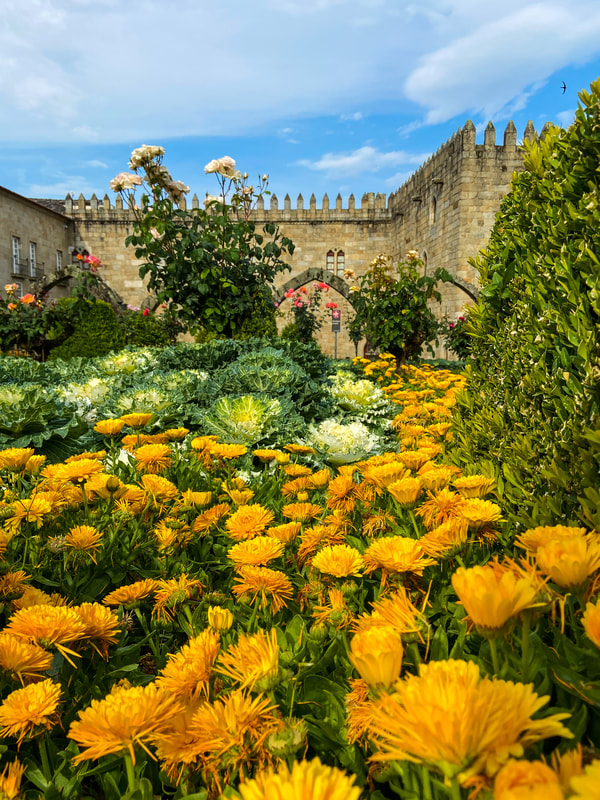
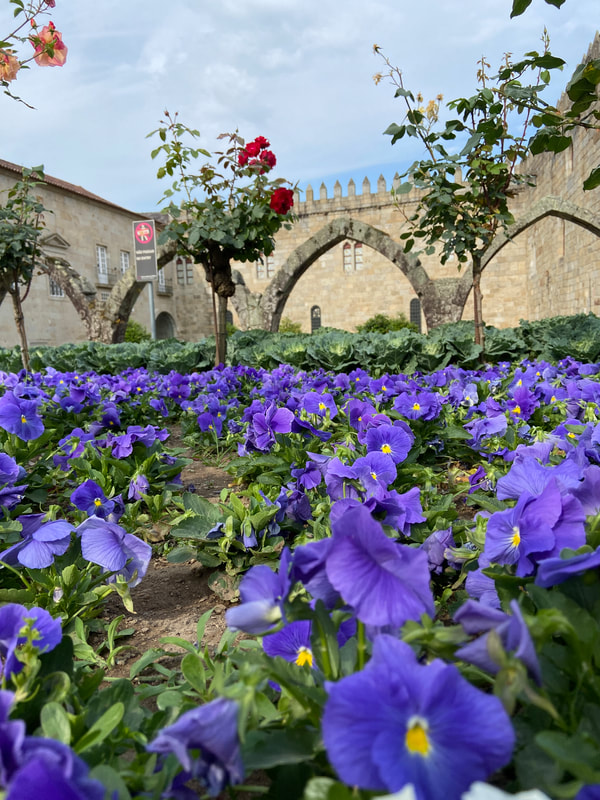
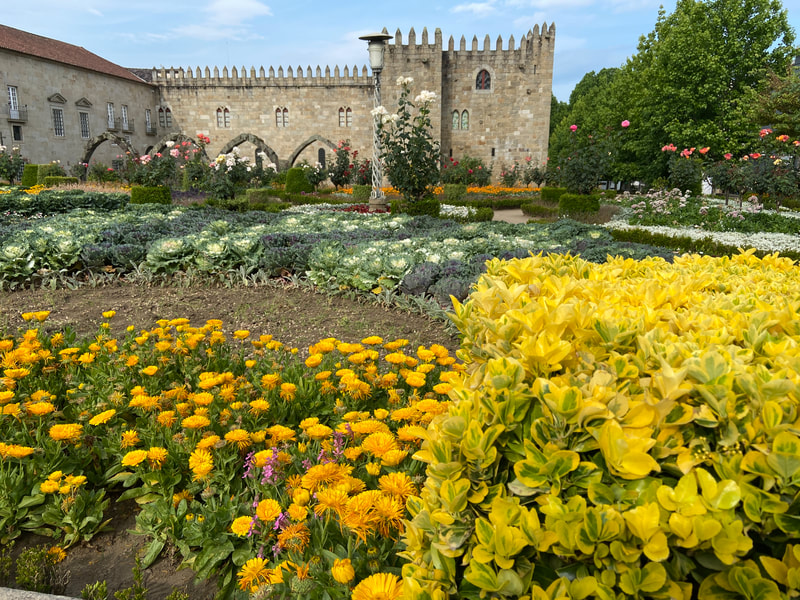
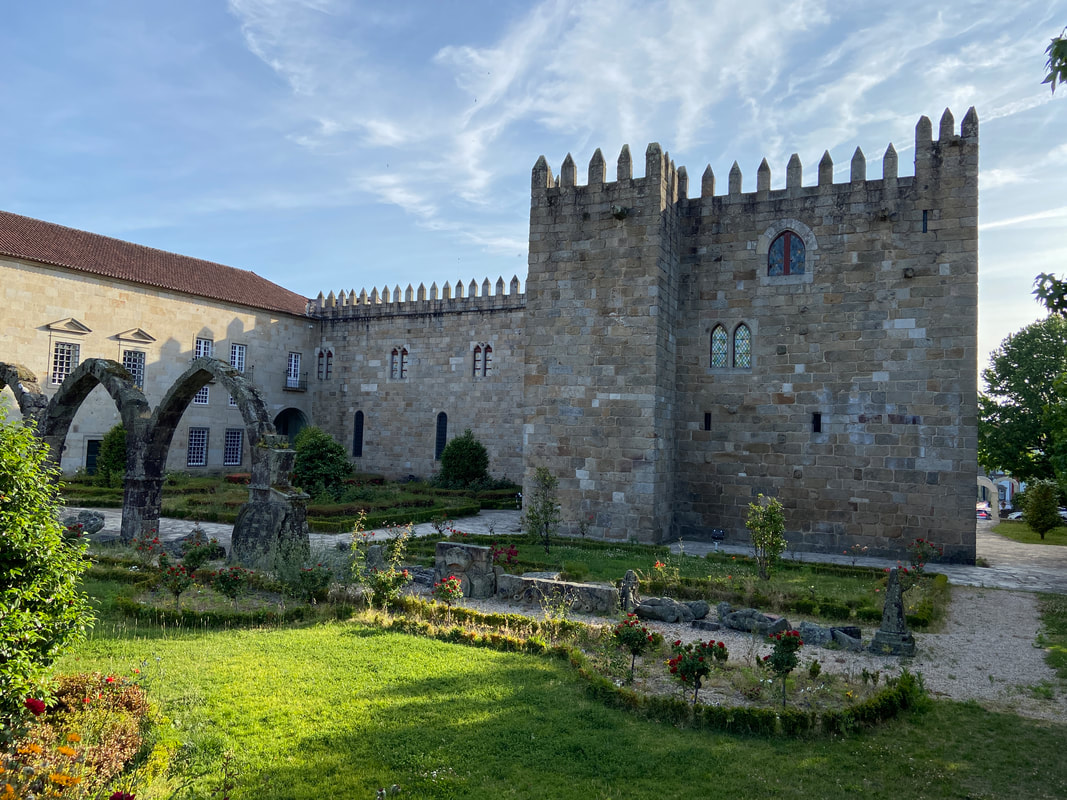
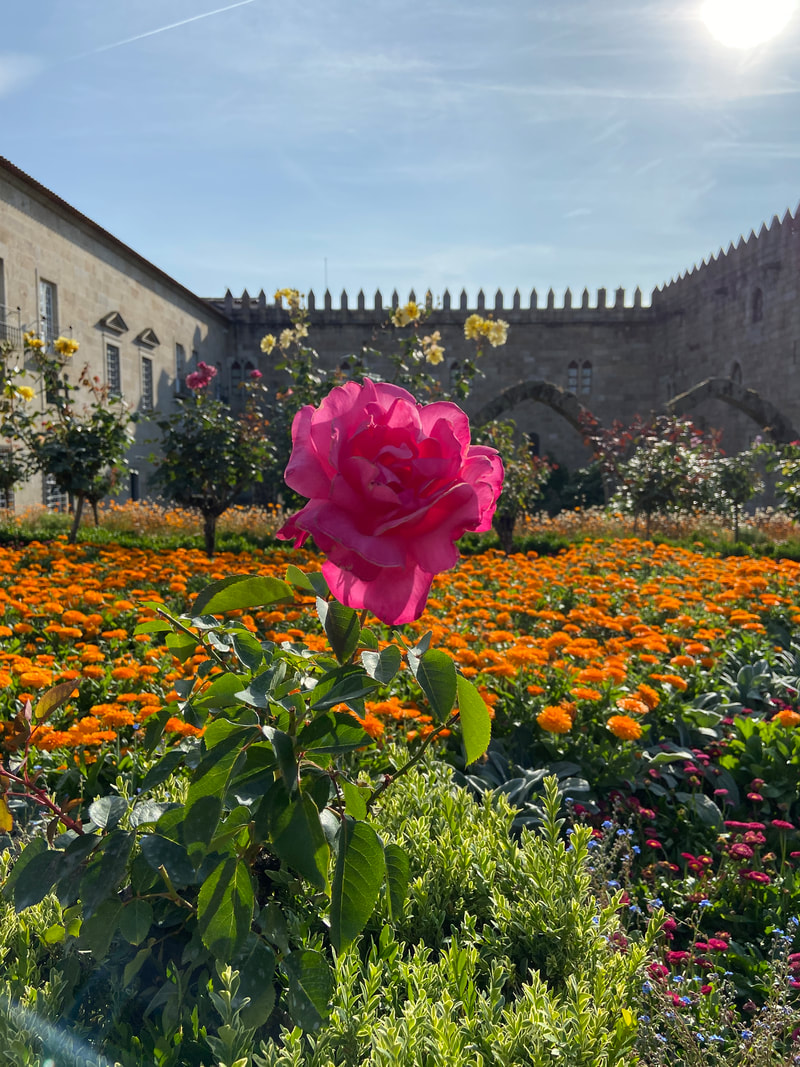
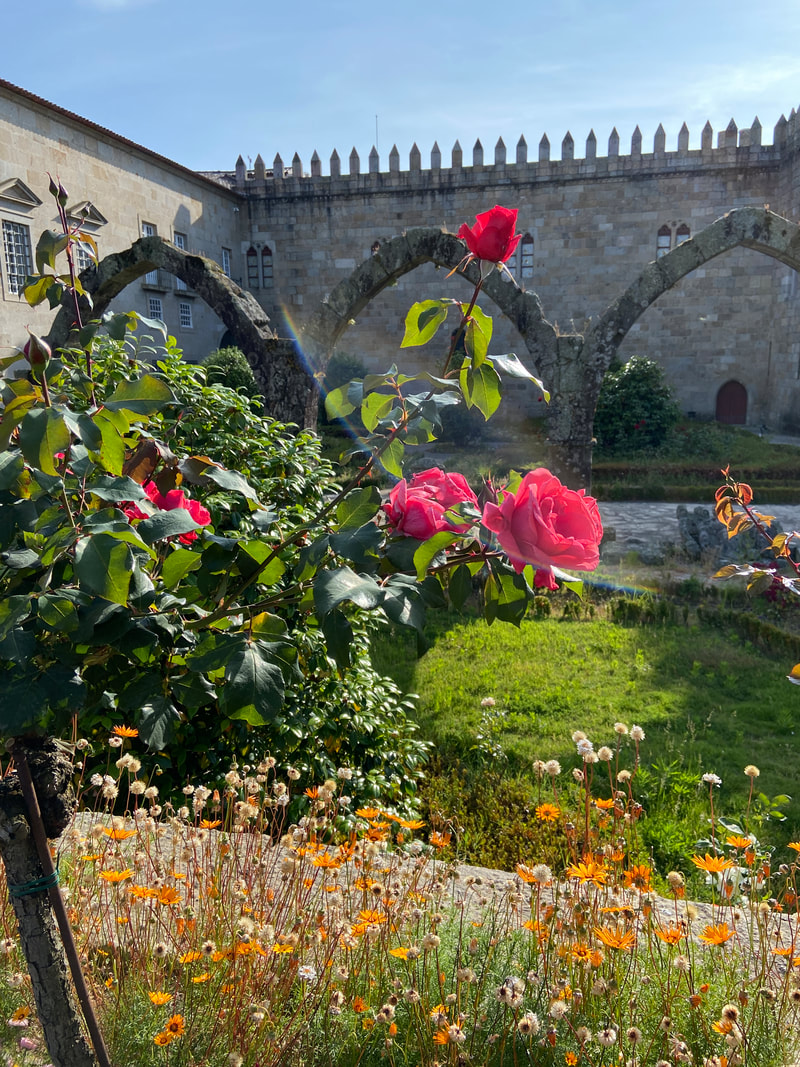
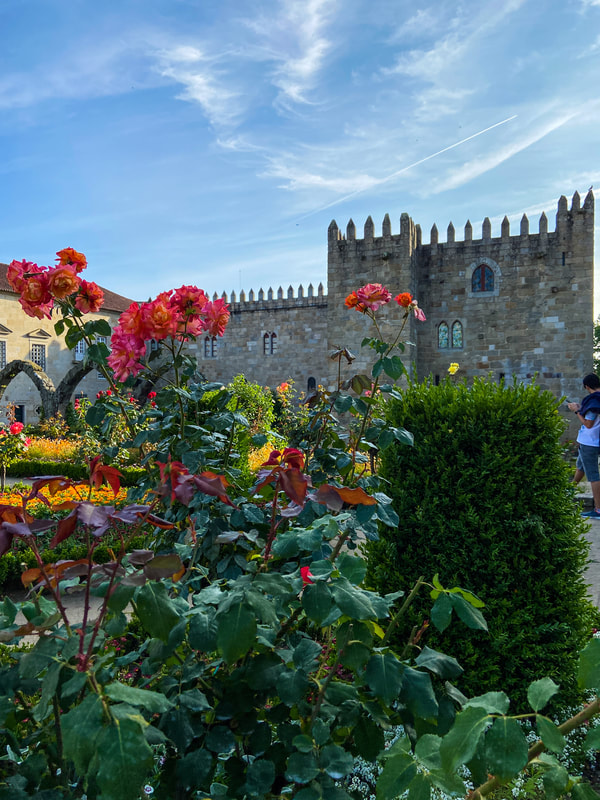
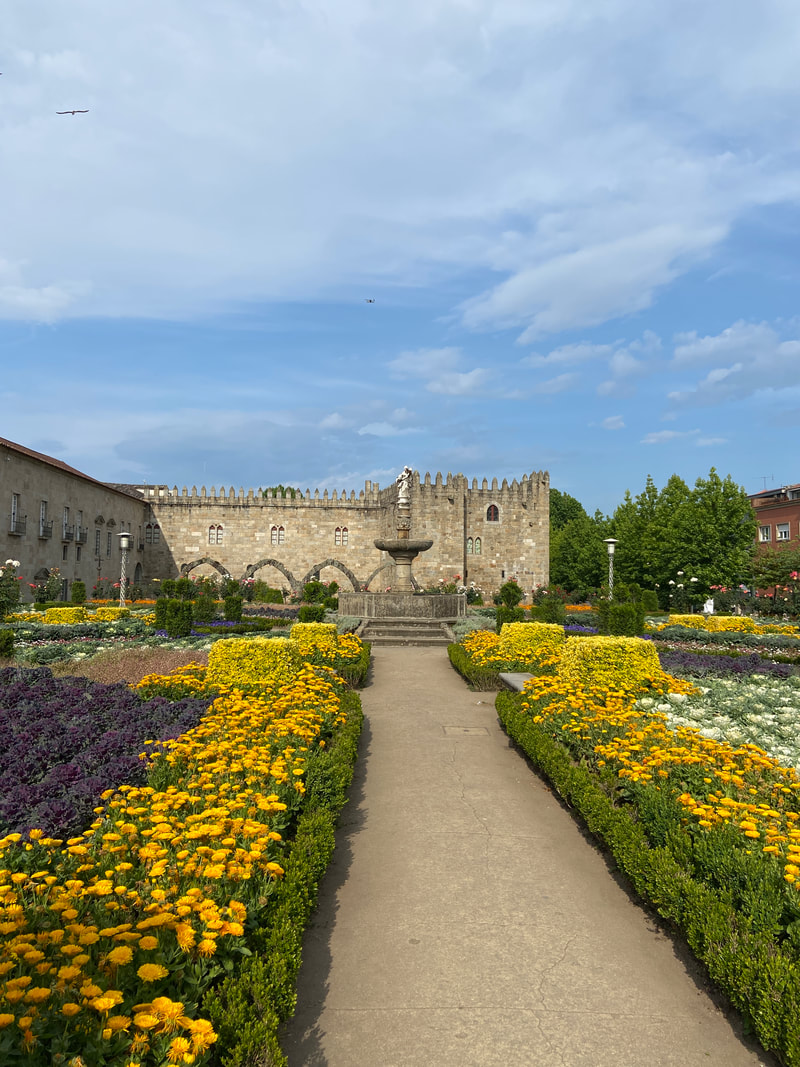

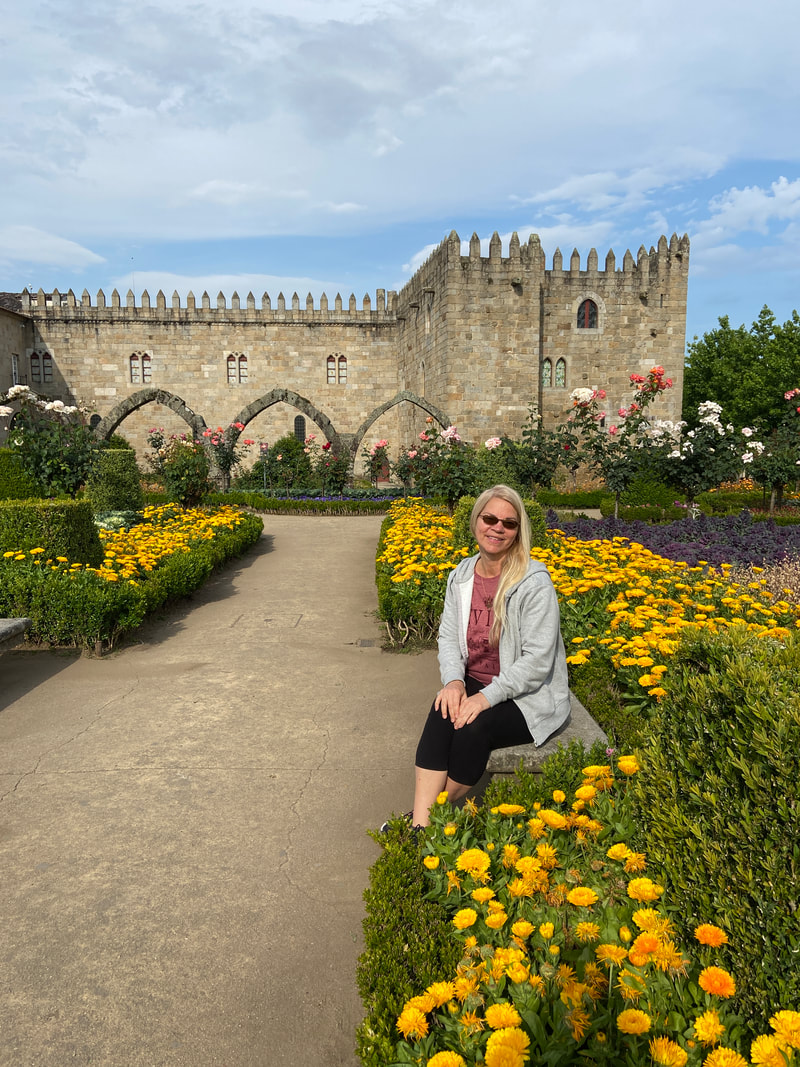


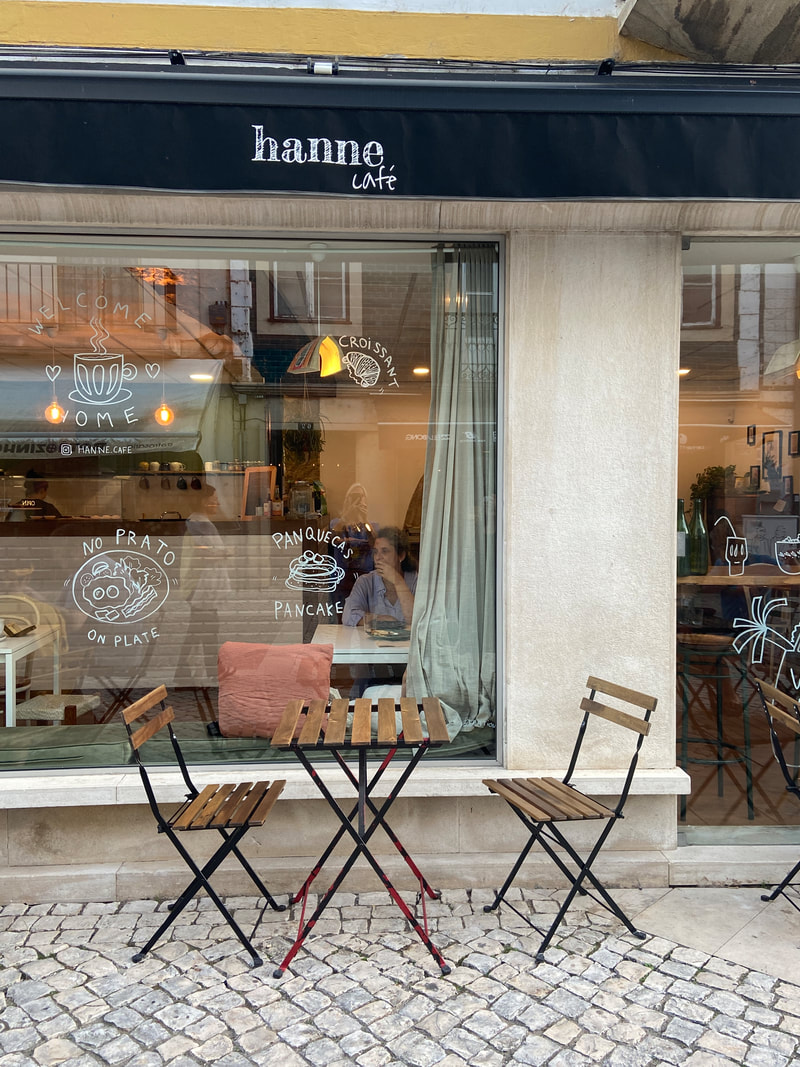
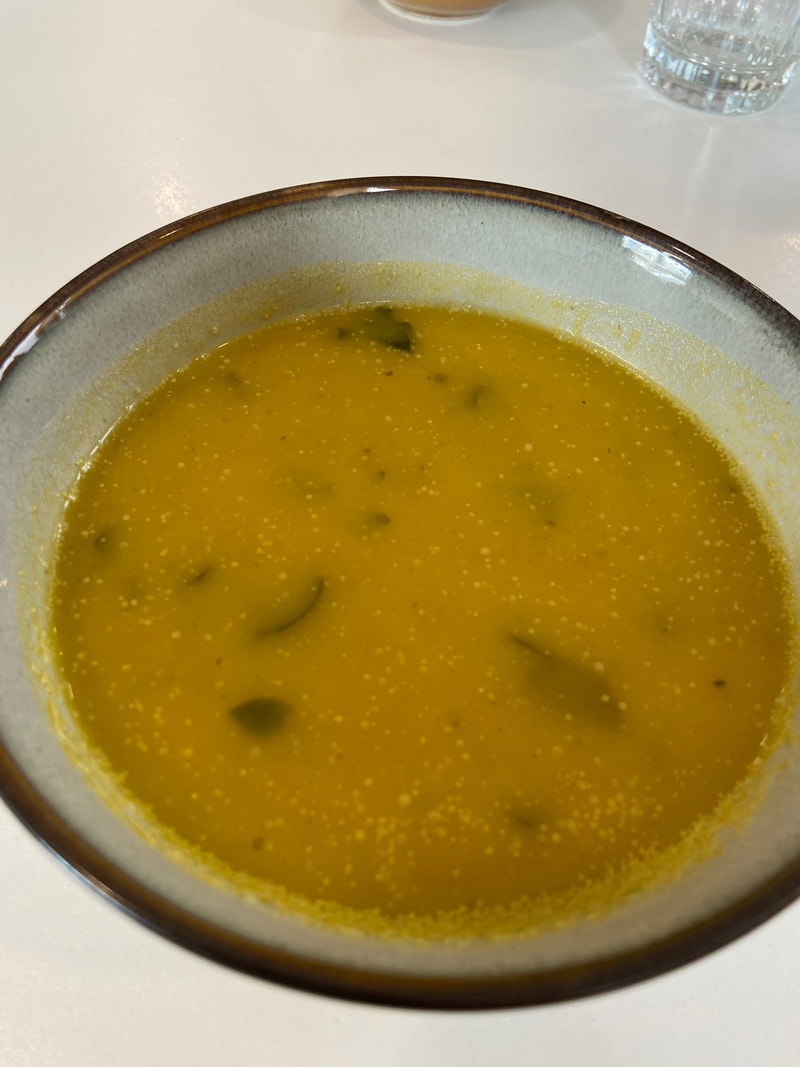


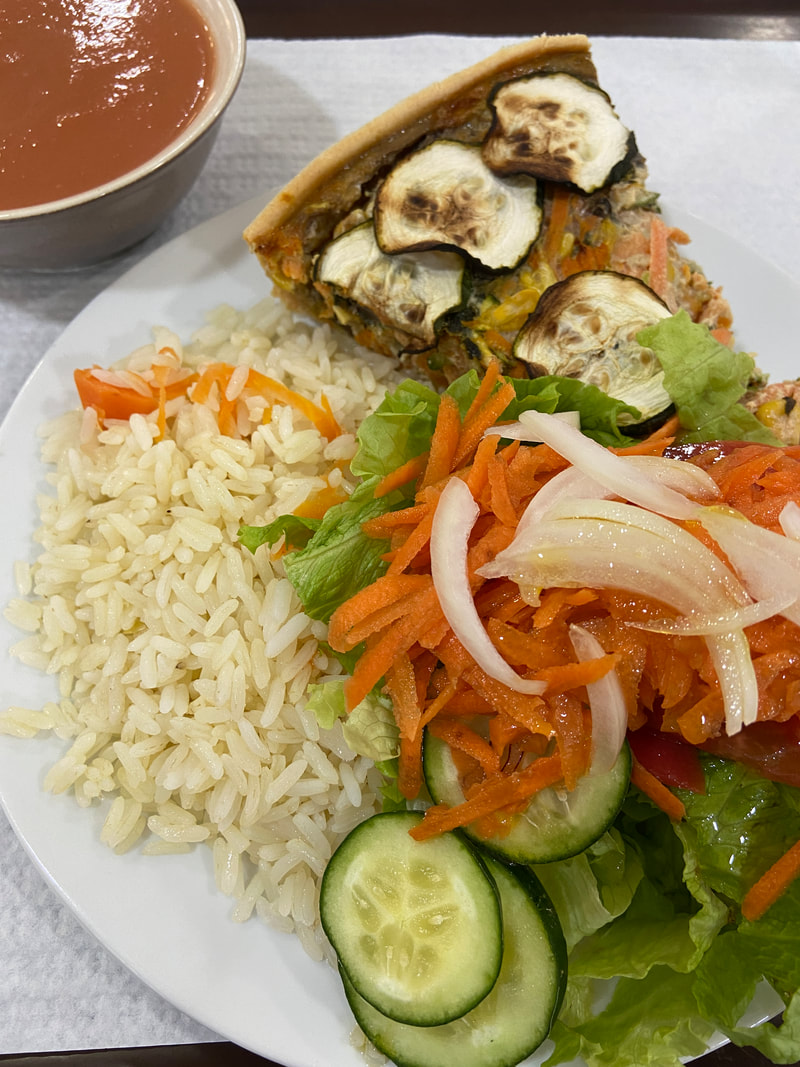


 RSS Feed
RSS Feed